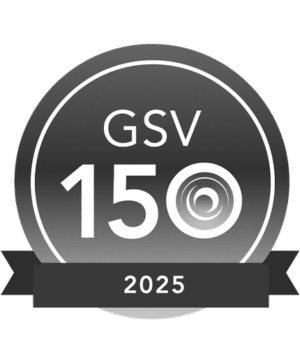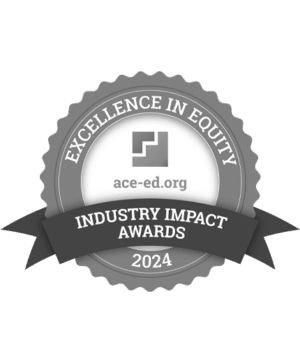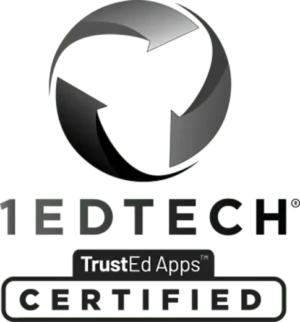

Podcast: Play in new window | Download (Duration: 40:05 — 28.0MB) | Embed
Subscribe: Apple Podcasts | Google Podcasts | Email | RSS | More
This week is Thanksgiving week….So we’re taking our short break to spend time with our families.
However, we’re extremely thankful for all of educating professionals that listen to the Class Dismissed Podcast and we didn’t want to go a week without giving you something to digest so we’ve woven together a couple of our favorite interviews.
3D Printing
Andrew Jackson Elementary teacher, Jayda Pugliese raised money for the classroom printer in 2016 and when she finally got the printer she was terrified.
“Because it was like, ok, I have a 3D printer, now I need to make sure I can integrate this into my instruction.”
Pugliese says she went into it honest with her students and told them she had no idea how to use a 3D printer.
“They embraced my honesty and we all learned together,” Pugliese said.
Pugliese and her students taught themselves a lot about 3D printing by watching YouTube videos.
After a year of becoming more comfortable with the printer, they took an aggressive step.
“I actually ran into a Family and she had a four-year-old daughter that was born without a hand,” Pugliese said.
“And I discussed with the Family that there could be the potential of me creating a prosthetic, but I couldn’t guarantee anything. Because I was still new at this, but I will try with my class to make one.”
Pugliese’s students were enthusiastic to take on the challenge.
“It took us a lot of tries. There was a very big learning curve”
It took several months to build the hand, but Pugliese was ultimately able to present the mother with a usable prosthetic hand.
It became more real to her students when they actually saw it printed out and they saw where it was going. “I actually had a few students start crying”
Pugliese built the hand for about $25. This is significant because insurance companies often don’t cover the cost of professional prosthetics for growing children.
Personalized Learning
A small town in Idaho is allowing their students to learn at their own pace. If a student walks into a class and wants to study math, they pull out their iPad and begin a math lesson. No lectures from teachers, just mentoring and guidance.
Meanwhile, another student may not be interested in doing math at the moment. That student may have been inspired them to write because they saw something on the way to school. So the student walks through the door and begins writing.
This new form of education is known as personalized learning and Superintendent Jeff Dillon in Wilder, Idaho says it’s the result of the best year in education of his life.
It may sound like the students are in control of their learning, and they are, at least partially. Students still have goals and if they don’t keep up, they can fall behind and have to work extra hard to make-up for lost time. It’s what Dillon calls “failing foward”.
We talk with Dillon about the challenges and benefits of rolling out a personalized education program in his public schools.
Stay Connected
News, articles, and tips for meeting your district’s goals—delivered to your inbox.


























